Filter by

Laser Physics and Technology: Proceedings of the School on Laser Physics & Te…
The book, ‘Laser Physics and Technology’, addresses fundamentals of laser physics, representative laser systems and techniques, and some important applications of lasers. The present volume is a collection of articles based on some of the lectures delivered at the School on ‘Laser Physics and Technology’ organized at Raja Ramanna Centre for Advanced Technology during March, 12-30, 2012.…
- Edition
- -
- ISBN/ISSN
- 978-81-322-2000-8
- Collation
- -
- Series Title
- -
- Call Number
- -

Laser Measurement Technology: Fundamentals and Applications
aser measurement technology has evolved in the last years in a versatile and reflationary way. Today, its methods are indispensable for research and development activities as well as for production technology. Every physicist and engineer should therefore gain a working knowledge of laser measurement technology. This book closes the gap of existing textbooks. It introduces in a comprehensible …
- Edition
- -
- ISBN/ISSN
- 978-3-662-43634-9
- Collation
- -
- Series Title
- -
- Call Number
- -
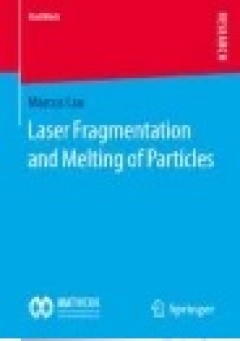
Laser Fragmentation and Melting of Particles
Based on the current state of the art Marcus Lau demonstrates an improved experimental design for defined laser irradiation of particles in liquid environment. The experimental results achieved with the designed reactor demonstrate how particle properties can be modified by defined laser energy dose input. By utilizing different model materials new insights into laser processing of particles in…
- Edition
- -
- ISBN/ISSN
- 978-3-658-14171-4
- Collation
- -
- Series Title
- -
- Call Number
- -
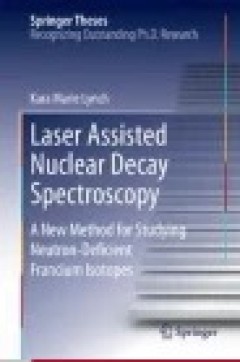
Laser Assisted Nuclear Decay Spectroscopy: A New Method for Studying Neutron-…
This work details an application of collinear resonance ionization spectroscopy for the separation of short-lived isomeric states and their subsequent study with decay spectroscopy. It reports the successful construction of a novel decay spectroscopy apparatus that can operate at pressures below 1 x 10^-9 mbar. The method is demonstrated by separating the nuclear ground and isomeric states of 2…
- Edition
- -
- ISBN/ISSN
- 978-3-319-07112-1
- Collation
- -
- Series Title
- -
- Call Number
- -
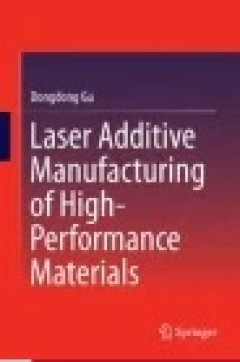
Laser Additive Manufacturing of High-Performance Materials
This book entitled “Laser Additive Manufacturing of High-Performance Materials” covers the specific aspects of laser additive manufacturing of high-performance new materials components based on an unconventional materials incremental manufacturing philosophy, in terms of materials design and preparation, process control and optimization and theories of physical and chemical metallurgy. This…
- Edition
- -
- ISBN/ISSN
- 978-3-662-46089-4
- Collation
- -
- Series Title
- -
- Call Number
- -

Technological Aspects of Manufacturing and Numerical Modelling of Clinch-Adhe…
This short book describes the basic technological aspects involved in the creation of purely clinch and clinch-adhesive joints made of different types of adherent materials and employing different joining technologies. Basic parameters that need to be taken into account in the design process are also presented, while a comparison of experimental testing of the hybrid joint with simple clinching…
- Edition
- -
- ISBN/ISSN
- 978-3-319-14902-8
- Collation
- VIII, 59
- Series Title
- SpringerBriefs in Applied Sciences and Technology
- Call Number
- -
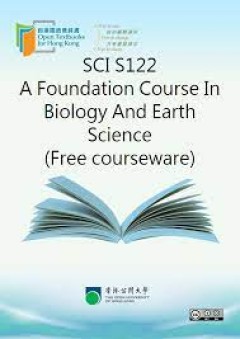
A Foundation Course In Biology And Earth Science
In this module, you'll be introduced to the landscape of Hong Kong by learning some of the basics of geology and geomorphology.
- Edition
- -
- ISBN/ISSN
- -
- Collation
- -
- Series Title
- -
- Call Number
- 570 OPE f
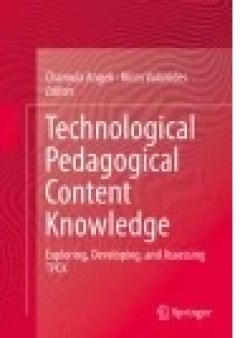
Technological Pedagogical Content Knowledge
Technological pedagogical content knowledge (TPCK) reflects a new direction in understanding the complex interactions among content, pedagogy, learners and technology that can result in successful integration of multiple technologies in teaching and learni
- Edition
- -
- ISBN/ISSN
- 978-1-4899-8080-9
- Collation
- XVII, 331
- Series Title
- -
- Call Number
- -
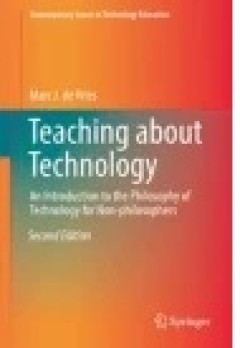
Teaching About Technology
Teaching about technology, at all levels of education, can only be done properly when those who teach have a clear idea about what it is that they teach. In other words: they should be able to give an appropriate answer to the question: what is technology? The question of the nature of technology is explored in the philosophy of technology, making this a highly relevant discipline for those who…
- Edition
- -
- ISBN/ISSN
- 978-3-319-32945-1
- Collation
- X, 148
- Series Title
- Contemporary Issues in Technology Education
- Call Number
- -
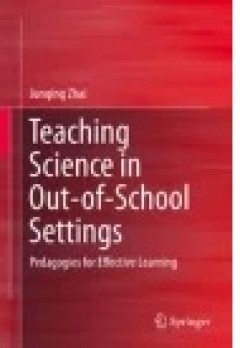
Teaching Science In Out-of-school Settings
This book explores pedagogical approaches used by informal science educators and botanic garden educators in particular, when teaching science to visiting students (7-12 years old). More specifically, it draws on the sociocultural perspective of learning, and highlights the importance of discourse in learning processes. It examines the interactions between four botanic garden educators (BGEs) a…
- Edition
- -
- ISBN/ISSN
- 978-981-287-591-4
- Collation
- XIII, 176
- Series Title
- -
- Call Number
- -
 Computer Science, Information & General Works
Computer Science, Information & General Works  Philosophy & Psychology
Philosophy & Psychology  Religion
Religion  Social Sciences
Social Sciences  Language
Language  Pure Science
Pure Science  Applied Sciences
Applied Sciences  Art & Recreation
Art & Recreation  Literature
Literature  History & Geography
History & Geography